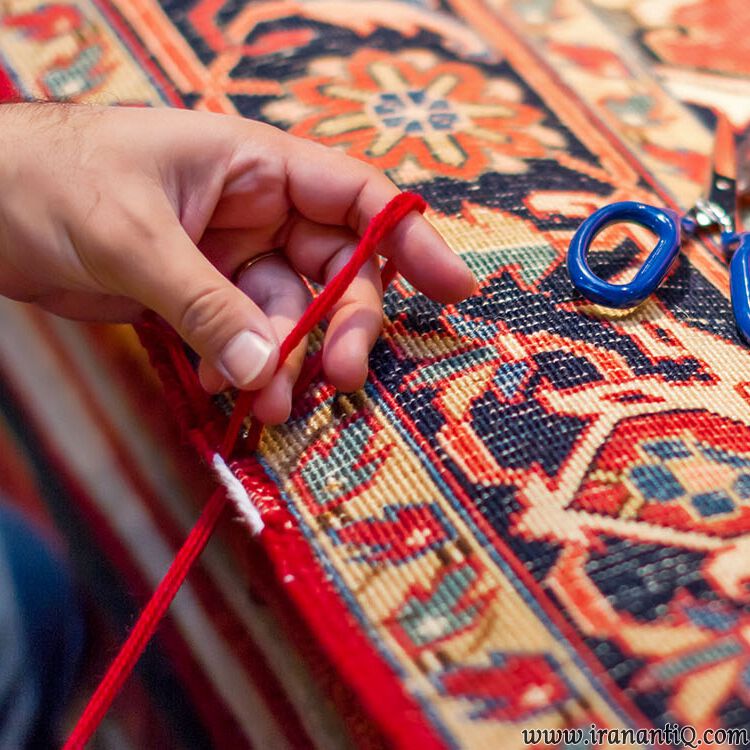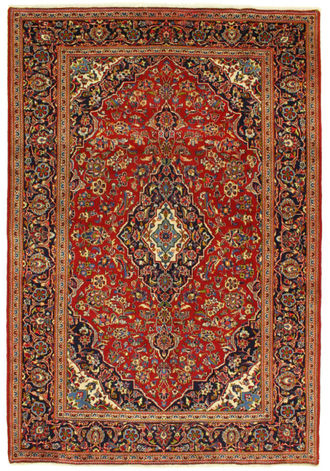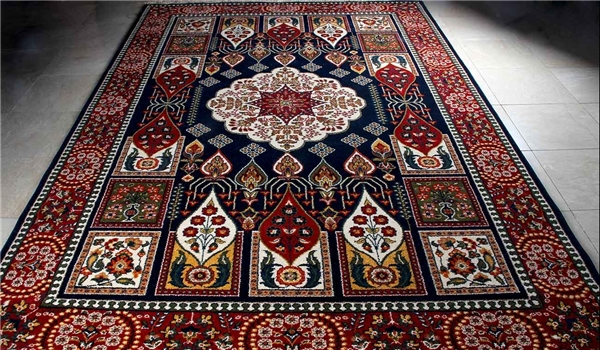
Pathology:
Most hand-woven damage is in the areas that have the most contact
with the environment, and the rug is considered to be the most vulnerable part
of a rug because it is in constant contact with the environment. Major injuries
in this group include cuts, abrasions and shrinkage.
Cut:
In this injury, the carpet ribbon will rupture in its transverse
section and the ribbon will split into two or more pieces. Causes of this type
of damage include the sharp objects on the leash or the rot decay.
Wear
In this damage, the constituent cream loses its strength and diameter
as a result of excessive abrasion and, over time, it leaks through the building.
Dislocation:
In this case, the strip pulls out of its place at the edge of the
carpet by pulling it away. This injury has a variety of causes, for example,
topical stretching when one of these causes.
Restoration practices:
Procedure for repair of incisions in the leash:
In order to remedy this damage to the leash, first select the needle and thread
that fits the rug used on the damaged carpet. Insert the needle a few
centimeters above the cut and pass through the rupture site and remove it from a
few centimeters further to the other side of the rupture. Note that when
connecting the two cut edges, the needle return site should be lost. So that the
needle is kept secret.
Method of Restoration of Wear at Lease:
The lesion is divided into two major and minor categories. In the
minor type, only parts of the carpet cover are rotted and no damage to carpets
and carpet weaving. In this case, first remove the rotten yarn and repair the
damaged spots. It then acts as a membrane texture and carries the end of the
tissue into the old membrane. In major wear that is part of the damaged carpet
weaving and can not be used for the leash. In the first step, the affected areas
should be identified and, if needed, the affected area removed and the next step
is to rebuild the membrane from the main membrane.
Restoration method for burial site:
In this type of injury, part of the leash is separated from the carpet. In this
way, the needle is first inserted through the back of the carpet and then
threaded and pulled out the other side. We do the opposite in the same way by
first removing the needle from the ribbon and finally the back of the carpet. Do
this several times to completely eliminate the dislocation.


